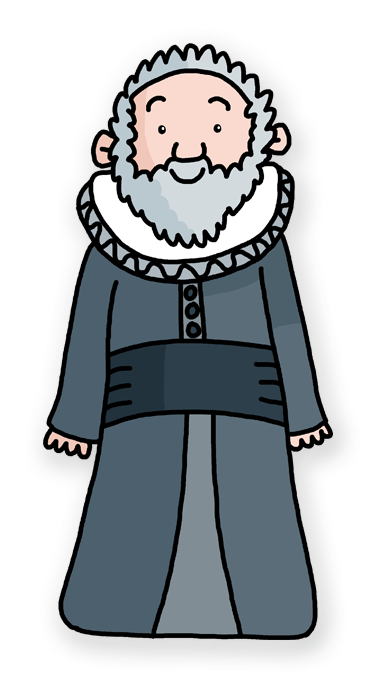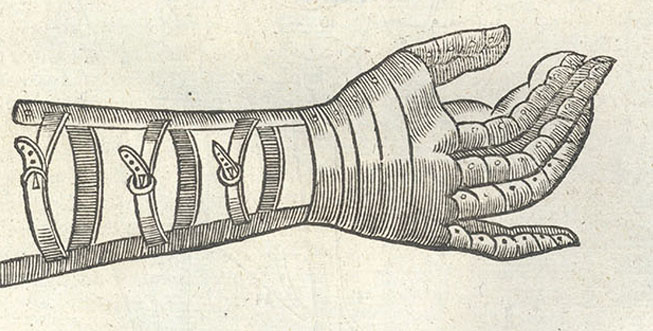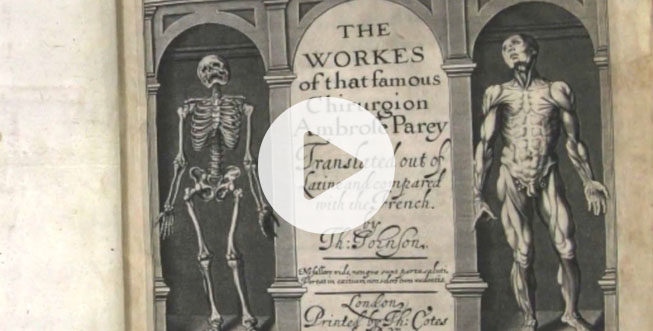 What do we know about Paré?
What do we know about Paré?
- Dates: 1510 – 1590
- Place of Birth: France
- Education: trained in Paris to be a barber-surgeon
- Career: 1537 joined the French army as a military surgeon, 1552 appointed surgeon to Henri II of France
- Famous Publications: Les Oeuvres, 1575 and The Apology and Treatise of Ambroise Paré, 1585
 Contribution to medicine
Contribution to medicine
Paré is considered by many to be one of the “fathers of modern surgery” despite his humble origin of being a barber-surgeon (someone who is trained to cut hair and perform minor surgery). Joining the French army as a military surgeon in 1537 meant he learnt a lot about surgery.
He is most famous for his change in the treatment for gunshot wounds from cauterising to instead using an ointment of egg yolk, turpentine and rose oil. He also used ligatures to tie off wounds after amputation instead of cauterisation and in later life helped to develop artificial limbs,
Factors involved in his work
Chance
It was by chance that he ran out of oil to cauterise a gunshot wound which allowed him to instead use an ointment of egg yolk, turpentine and rose oil to dress the wound which was less painful and had a higher recovery rate.
War
Paré’s job as a military surgeon meant that he experienced first hand the effects of gunshot wounds, loss of limbs, etc. which enabled him to try different methods and learn about surgery and anatomy.


